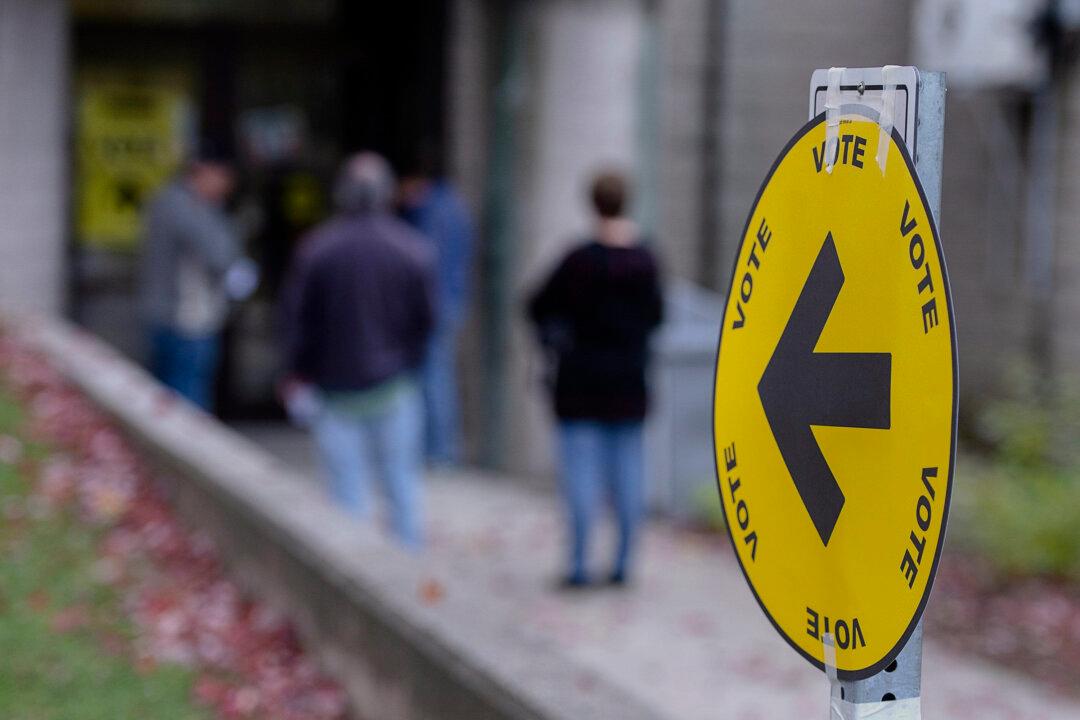The April 17 English-language debate ran smoothly and covered various issues. Participants were controlled for the most part, and moderator Steve Paiken kept the pace running smoothly. The media room erupted into disorder and clashes, however, leading to the cancellation of the traditional post-debate scrums with the leaders. The journalists in attendance were in more need of moderation than the debaters.
As the perceived front-runner and incumbent prime minister, Carney was on the defensive for most of the event. He endured the jabs from all sides and maintained steady composure. Carney has demonstrated a tendency to push back at times when facing tough questions from the media. Yet during the debate, party leaders hoping to provoke an outburst had no luck, as he remained unshaken and stuck to his talking points. In an odd quirk, Carney would never turn to face or even make eye contact with any of the participants. His answers were always presented directly to the camera. This tactic surely frustrated debaters trying to invoke a back-and-forth engagement, but it succeeded in keeping the Liberal leader focused.
Conservative Leader Pierre Poilievre showed a little more of his combative side in the English-language debate than he had in the French event. He was motivated to try and get under Carney’s skin while not being seen as the pit bull type of politician he has been while leading the Official Opposition. Poilievre maintained the balance well with remaining calm and delivering smiles at times while he was under attack from the other party leaders. He lost no ground in the debate, but likely didn’t gain any either. He did land a few punches, but no major knockout blows.
NDP Leader Jagmeet Singh desperately needed to score some points in the debate. His party has collapsed in the polls and is poised for an electoral wipeout if the momentum doesn’t change. Oddly, Singh focused most of his efforts on attacking Poilievre with constant interruptions throughout the debate. Most of Singh’s lost support has gone to the Liberal Party, and he won’t recover it through targeting the Conservatives. Singh’s interjections became tiresome, and it’s unlikely his approach served to bring any support back to his party. While there may not have been a clear winner in the debate, Singh was clearly the last-place finisher.
Bloc Leader Yves-François Blanchet is the most transparent of the leaders, if nothing else. He makes no bones about his Quebec-first standpoint and stuck to that throughout the debate. Blanchet must try to make up ground lost to the Liberals, but most of that pressure was on him during the French-language debate. He was relaxed and invoked humour at times while repeatedly trying to pin down the Conservative and Liberal leaders on whether they would try to impose policies or projects upon Quebec without its consent. His goal is to foster mistrust among Quebec voters of the leading parties, and he is effective at it.
Debates have become turning points in elections before, but it’s rare. The English-language debate won’t definitively tip the scales between the Liberal and Conservative parties, though it gave viewers a closer look at the contenders and likely reduced the number of undecided voters remaining.
The post-debate media scrums usually offer an opportunity for the press to present leaders with questions not posed during the debate. They also give the leaders a chance to follow up on subjects they may have missed during the main event. Unfortunately, the scrum after the English debate was cancelled at the last minute due to bizarre eruptions between journalists in the media room.
On April 17, the frustration boiled over and led to shouting matches in the media room, prompting the Leaders’ Debates Commission to cancel the scrums rather than face the risk of blowouts during the press conference after the English debate.
Having independent media participating in these events is an excellent development and could have served citizens well, as a diverse lineup of journalists could question the leaders. Unfortunately, the Leaders’ Debates Commission didn’t plan well for the influx of new journalists and it led to an imbalance at the microphones. Hopefully they have learned from this, and rather than trying to ban independent media in the future, they will control the number of times one outlet can pose a question and for how long the question can be posed.
This time around, an opportunity for embracing new media alongside the legacy outlets was lost.







